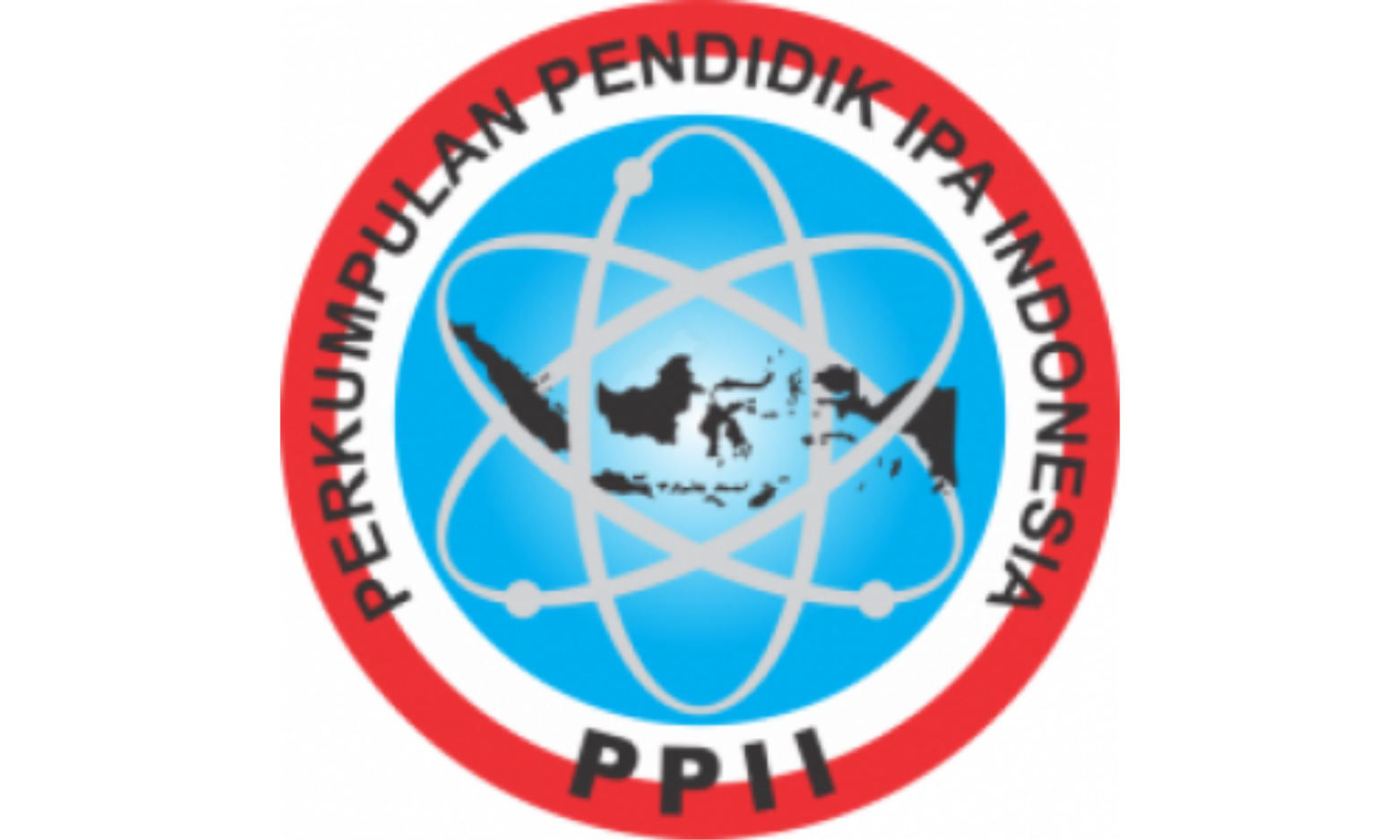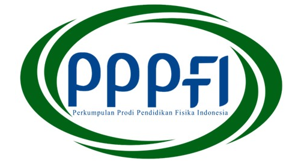CORRELATION BETWEEN DIGITAL LITERACY AND EMOTIONAL INTELLIGENCE ON UNDERSTANDING VISCOSITY STOKE'S METHOD AIDED BY VLAB AMRITA OLABS
DOI:
https://doi.org/10.15575/jotalp.v8i1.16426Keywords:
Correlation, Digital Literacy, Emotional Intelligence, Virtual LaboratoryAbstract
References
Amrita.olabs.edu.in. (2015). Viscosity of a fluid. http://amrita.olabs.edu.in/?sub=1&brch=5&sim=225&cnt=4
Hadiwijaya, H. (2017). Effect of Emotional Intelligence on Student Learning Achievement. GUIDENA: Jurnal Ilmu Pendidikan, Psikologi, Bimbingan Dan Konseling, 7(1), 29–39. https://doi.org/10.24127/gdn.v7i1.663
Kivunja, C. (2015). Exploring the Pedagogical Meaning and Implications of the 4Cs “Super Skills†for the 21<sup>st</sup> Century through Bruner’s 5E Lenses of Knowledge Construction to Improve Pedagogies of the New Learning Paradigm. Creative Education, 06(02), 224–239. https://doi.org/10.4236/ce.2015.62021
Makiyah, Y. S., Malik, A., Susanti, E., & Mahmudah, I. R. (2019). Higher order thinking real and virtual laboratory (HOTRVL) untuk meningkatkan keterampilan abad ke-21 mahasiswa pendidikan fisika. Diffraction, 1(1).
Mohammadyari, S., & Singh, H. (2015). Understanding the effect of e-learning on individual performance: The role of digital literacy. Computers and Education, 82, 11–25. https://doi.org/10.1016/j.compedu.2014.10.025
Nicolaidou, V., Nicolaou, P., & Nicolaou, S. A. (2019). Transforming a cookbook undergraduate microbiology laboratory to inquiry based using a semester-long PBL case study. Advances in Physiology Education, 43(1), 82–92. https://doi.org/10.1152/advan.00167.2018
Nuraeni, N. (2018). Penerapan model praktikum Higher Order Thinking Laboratory (HOT-Lab) untuk meningkatkan kemampuan pemecahan masalah peserta didik pada materi alat optik. UIN Sunan Gunung Djati Bandung.
Putra, R P, Anjani, R. A., Agustina, R. D., & ... (2021). Student’s Perspective on Virtual Laboratory Using Phet as A Media in Conducting Physics Laboratory Activities. Tarbiyah: Jurnal …, 10(1), 1–9. http://jurnal.uin-antasari.ac.id/index.php/jtjik/article/view/4113
Putra, Riki Purnama, Agustina, R. D., Pitriana, P., Andhika, S., & Setia, M. D. (2021). Developing HOT-LAB-Based Physics Practicum E-Module to improve Practicing critical thinking skills. Journal of Science Education Research, 5(2), 43–49. https://doi.org/https://doi.org/10.21831/jser.v5i2.41904
Putri, D. H., Risdianto, E., Sutarno, S., & Hamdani, D. (2019). The development of cooperative problem solving physics laboratory model on simple pendulum concept. Journal of Physics: Conference Series, 1157(3), 0–7. https://doi.org/10.1088/1742-6596/1157/3/032005
Riduwan, & Akon. (2009). Belajar mudah penelitian: untuk guru karyawan dan peneliti pemula (6th ed.). Alfabeta.
Rohman, U. (2010). Perkembangan Fisik dan Kognitif pada Masa Kanak-Kanak. Jurnal Buana Pendidikan, 6(11), 43–52.
Saibani, N., Sabtu, M. I., Muhamad, N., Abd Wahab, D., Sahari, J., & Md. Deros, B. (2012). Comparison of emotional intelligence scores among engineering students at different stages of an academic program. Asian Social Science, 8(16), 88–95. https://doi.org/10.5539/ass.v8n16p88
Sakti, P., Dwi Handoyo, R., & Wihadanto, A. (2020). Pengaruh Kecerdasan Emosional, Komitmen Organisasional dan Organizational Citizenship Behavior terhadap Kinerja. Jurnal Ilmiah Manajemen Dan Bisnis, 21(1), 60–68. https://doi.org/10.30596/jimb.v21i1.4149
Setya, W., Agustina, R. D., Putra, R. P., Prihatini, S., Hidayatulloh, R., Isnaeni, P. S., & Malik, A. (2021). Implementation of higher order thinking laboratory (HOTLAB) on magnetic field with real blended virtual laboratory to improve students critical thinking skills. Journal of Physics: Conference Series, 2098(1), 12019. https://doi.org/10.1088/1742-6596/2098/1/012019
Śmieja, M., Orzechowski, J., & Stolarski, M. S. (2014). TIE: An ability test of emotional intelligence. PLoS ONE, 9(7), 1–10. https://doi.org/10.1371/journal.pone.0103484
Ural, E. (2016). The Effect of Guided-Inquiry Laboratory Experiments on Science Education Students’ Chemistry Laboratory Attitudes, Anxiety and Achievement. Journal of Education and Training Studies, 4(4), 217–227. https://doi.org/10.11114/jets.v4i4.1395
Downloads
Published
Issue
Section
Citation Check
License
Journal of Teaching and Learning Physics is licensed under a Creative Commons Attribution-NonCommercial-NoDerivatives 4.0 International License








